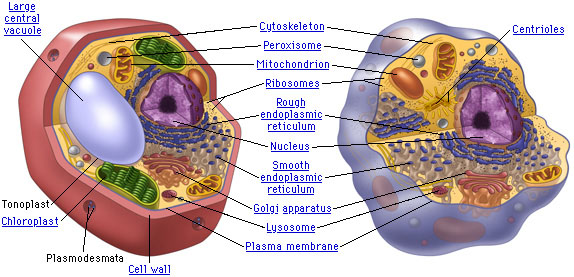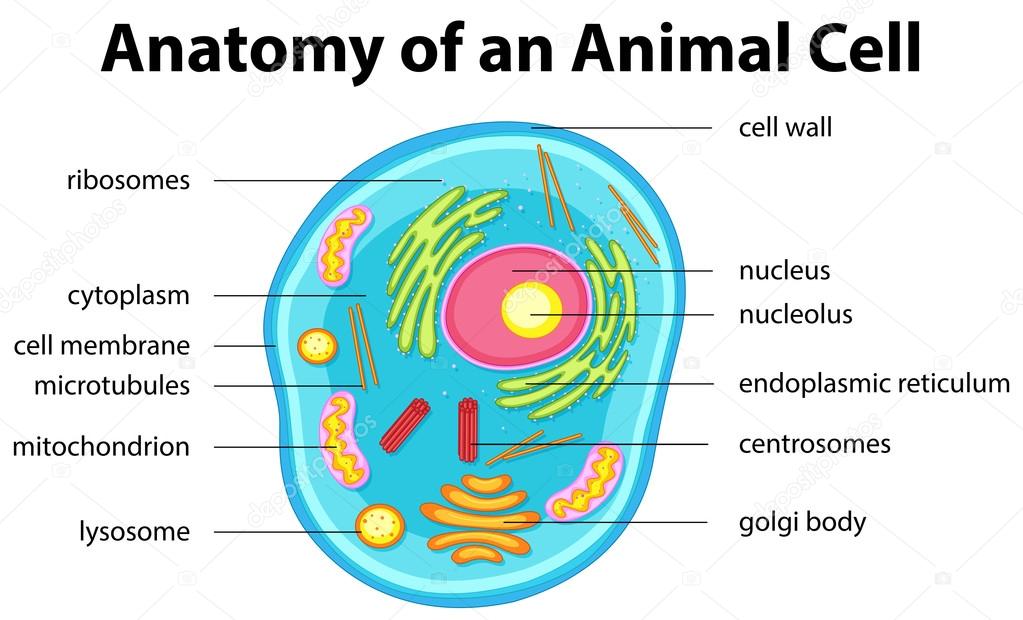What do animal and plant cells have in common?
2 Answers
A few organelles and a cell wall.
Explanation:
There are many things in common between the two. They are actually more similar than not. However, there are a few differences.
The most notable is that plant cells have a cell wall over their cell membrane unlike a animal cell which just has a membrane. In addition to that there are a few organelles that are different as well.
In the plant cell the vacuole is very large in comparison to the animal cell. This is for the increase water storage in plants .
Also, there is chloroplasts in plant cells for production of organic sugars from Carbon Dioxide. Both plant and animal cells have mitochondria to produce ATP from the breakdown of these organic sugars such as glucose.
The animal cell also has two centrioles which a plant cell doesn't have. Centrioles are used for cell division in animal cells during both Mitosis and Meiosis by helping with the organization of chromosomes.
Here is an image that shows these differences along with one or two more I didn't state.

Differences between animal cell and plant cell:
Plant cell:
-
Plant cells are usually bigger in size.
-
Plant cells contain a cell wall which is made up of cellulose. This gives rigidity to plants.
-
Plant cells contain vacuoles. They have larger vacuole in the centre. Vacuoles contain a number of enzymes that perform several functions. These can also be used as storage for nutrients or provide a place to degrade unwanted substances.
-
Plant cell contain chloroplasts which are vital organelles for photosynthesis.
-
Recent studies have revealed that some plant cells also contain lysosomes.
-
Plants don't contain centrioles.
 )
)
Animal cell:
-
Animal cells are smaller comparatively.
-
There is no cell wall in animal cell. And animal cell contain only lipid-bilayer plasma membrane.
-
Animal cells possess vacuoles but they are quite small.
-
Animal cells don't perform photosynthesis and hence don't contain chloroplasts.
-
All animal cells contain lysosomes. Lysosomes contain digestive enzymes and play key role in removing wastes.
-
In animal cell, centrioles occur as paired cylindrical organelles together with pericentriolar material (PCM) in the centrosome.





